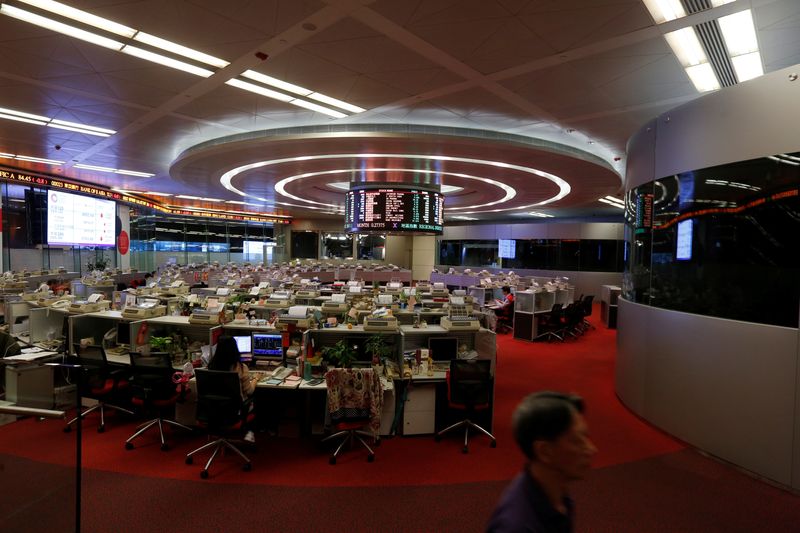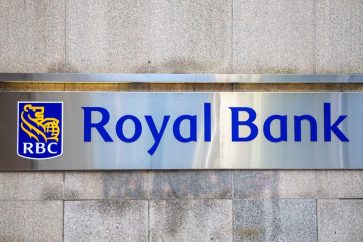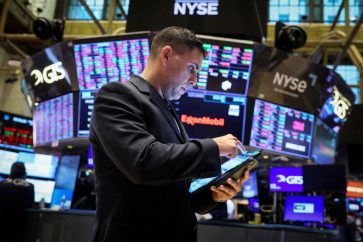On Tuesday, there was an increase in global stocks and a decrease in the dollar’s value. This was due to a deal supported by the U.S. regulator in which First Citizens BancShares purchased Silicon Valley Bank, which helped to ease some of the worries about the current state of the banking industry.
On Monday, U.S. banking regulators announced their intention to inform Congress that the financial system remains stable despite recent bank failures. However, they also stated their intention to conduct a thorough review of their policies to prevent future bank collapses.
As the banking sector experienced a slight increase in stability, investors gained more confidence and decided to sell off some of their safe-haven investments. This led to a decrease in the value of bonds, gold, and the dollar.
The MSCI All-World index, which is showing a loss of 0.1% so far in March, was up 0.2%. European shares were roughly flat on the day.
The S&P 500 e-minis, futures contracts for U.S. stocks, remained relatively stable throughout the day, indicating that the benchmark index might not continue to increase from Monday’s gains when the markets open later.
On Monday, Federal Reserve Governor Philip Jefferson said that stress among small banks could hit small businesses hardest.
In addition, the significant fluctuations in the market have caused many investors to exit their positions and encouraged others to take advantage of these large price movements by predicting that the swings will eventually decrease. This strategy is known as mean reversion trading.
Marc Ostwald, who serves as the Chief Global Economist for ADM Investor Services, suggests that the recent increase in market confidence may be largely based on technical factors, rather than solid fundamentals.
“It may not be until after month-end, possibly even after the Easter break, until it comes clear how much of the rebound in battered bank global stocks and risk assets has been to do with those quarter-end flows, short covering, and mean reversion trades, rather than a genuine sense that the worst has past for the banking sector,” he said.
The uncertainty surrounding the banking sector has made determining the appropriate course of action for monetary policy is difficult. Despite the gradual decrease in inflation, investors are struggling to envision how central banks can maintain price stability while ensuring the markets’ smooth functioning.
According to analysts at Goldman Sachs (NYSE:GS), although tighter credit conditions will challenge the economy by curbing inflation, it will not completely undermine its growth.
“We do not expect this to be a hurricane that pushes the economy into recession and forces aggressive Fed easing,” they said in a note on Tuesday.
U.S. Treasury yields edged up, reflecting a degree of relief that the problems in the banking sector can be contained.
Benchmark 10-year yields rose 4 basis points to 3.572%, while two-year yields rose 7 bps to 4.037%, still some way off the almost 16-year high of 5.084% on March 8.
Oil prices extended some of the previous day’s gains. Brent crude rose 0.4% to $78.43 a barrel, while U.S. futures rose 0.37% to $73.09.
Crude prices rose more than $3 on Monday after a halt to some exports from Iraq’s Kurdistan region added to worries about oil supplies.
Gold steadied after a profit taking on last week’s rally above $2,000 an ounce. Spot gold was last down unchanged at $1,957 an ounce.




 By:
By:





